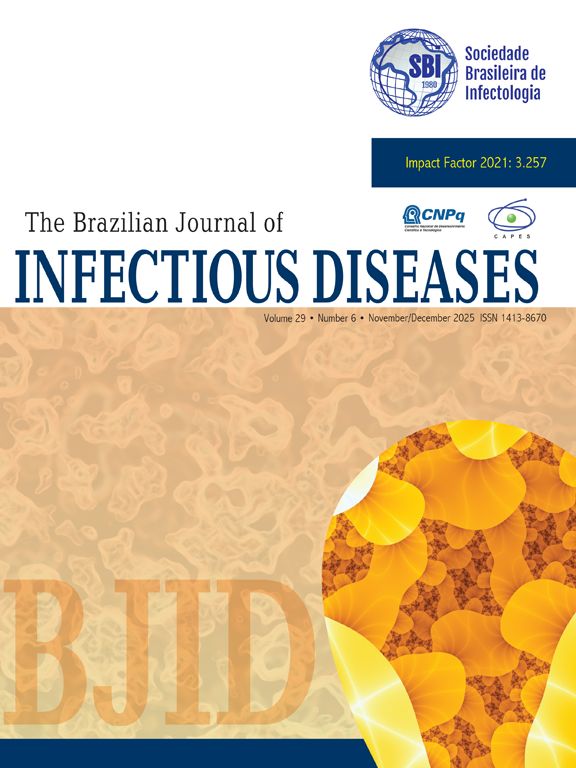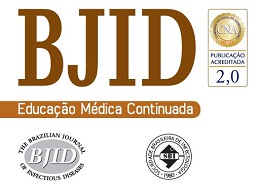Acute HIV infection is rarely recognized as the signs and symptoms are normally unspecific and can persist for days or weeks. The normal HIV course is characterized by a progressive loss of CD4+ cells, which normally leads to severe immunodeficiency after a variable time interval. The mean time from initial infection to development of clinical AIDS is approximately 8-10 years, but it is variable among individuals and depends on a complex interaction between virus and host. Here we describe an extraordinary case of a man who developed Pneumocisits jiroveci pneumonia within one month after sexual exposure to HIV-1, and then presented with 3 consecutive CD4 counts bellow 200 cells/mm3 within 3 months, with no other opportunistic disease. Although antiretroviral therapy (AZT+3TC+ATZ/r) was started, with full adherence of the patient, and genotyping indicating no primary antiretroviral resistance mutations, he required more than six months to have a CD4 restoration to levels above 200 cells/mm3 and 10 months to HIV-RNA to become undetectable.
The Impact Factor measures the average number of citations received in a particular year by papers published in the journal during the two preceding years.
© Clarivate Analytics, Journal Citation Reports 2025
SRJ is a prestige metric based on the idea that not all citations are the same. SJR uses a similar algorithm as the Google page rank; it provides a quantitative and qualitative measure of the journal's impact.
See moreSNIP measures contextual citation impact by wighting citations based on the total number of citations in a subject field.
See more



